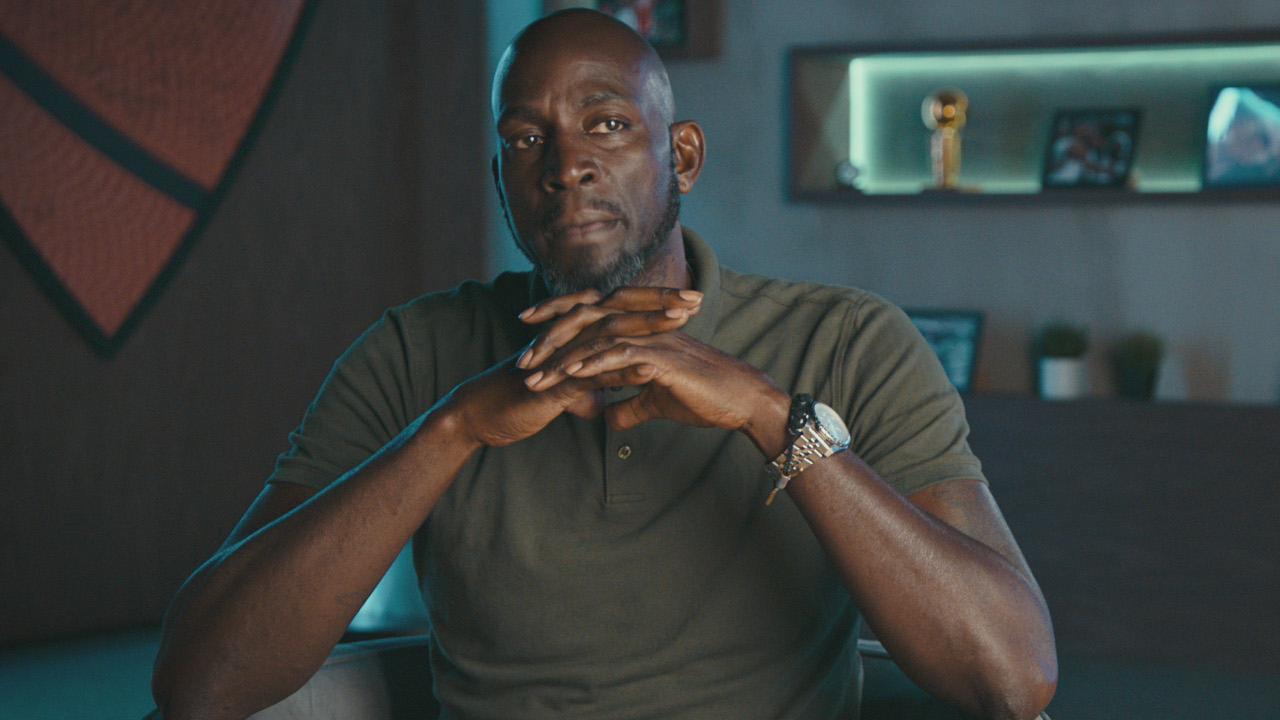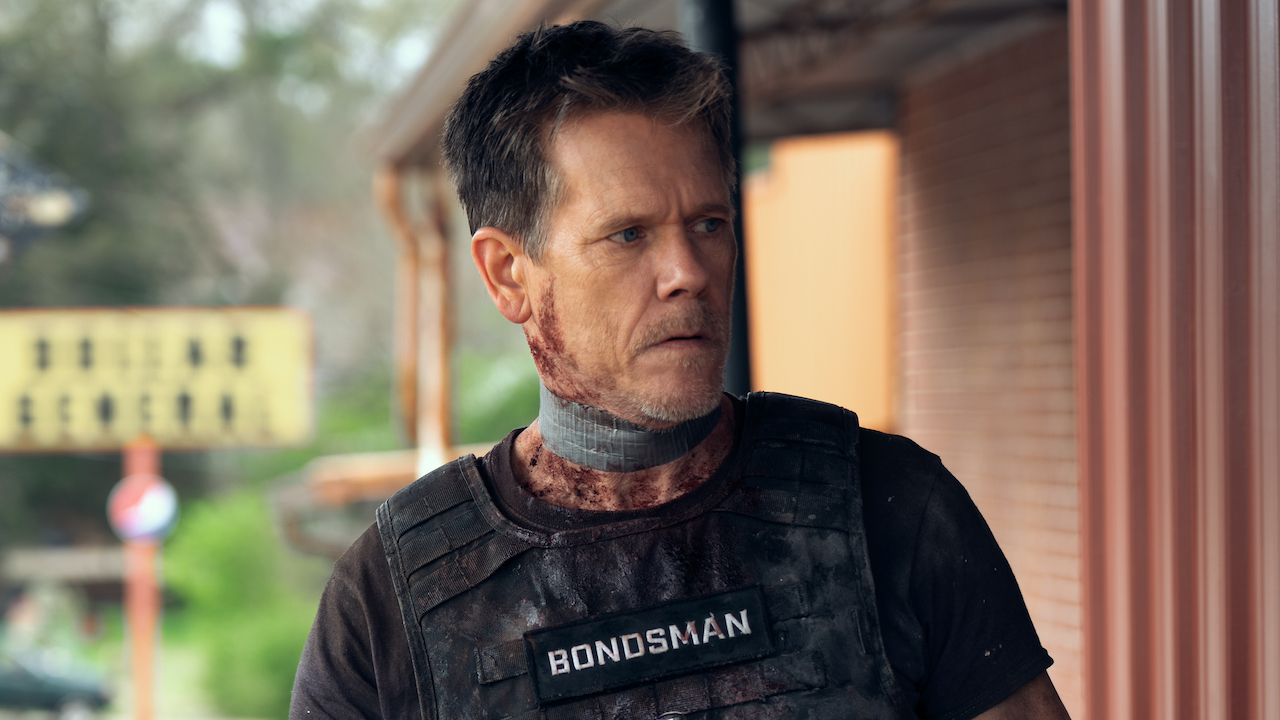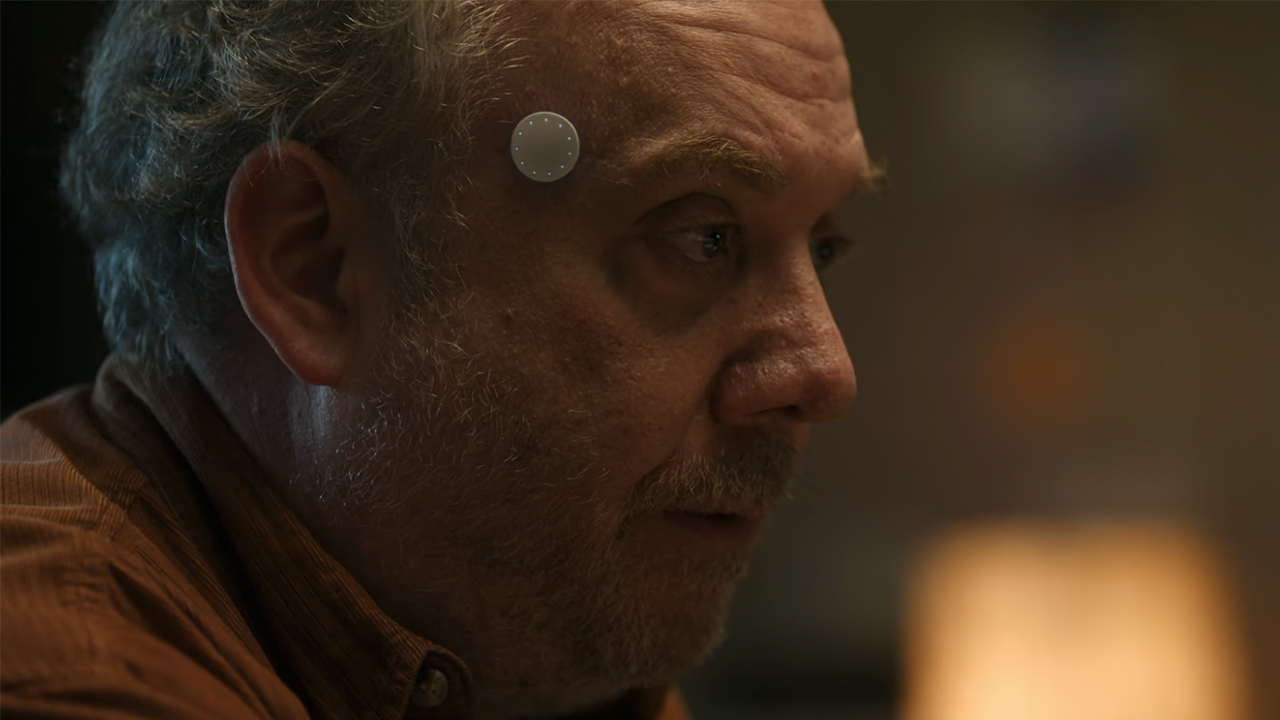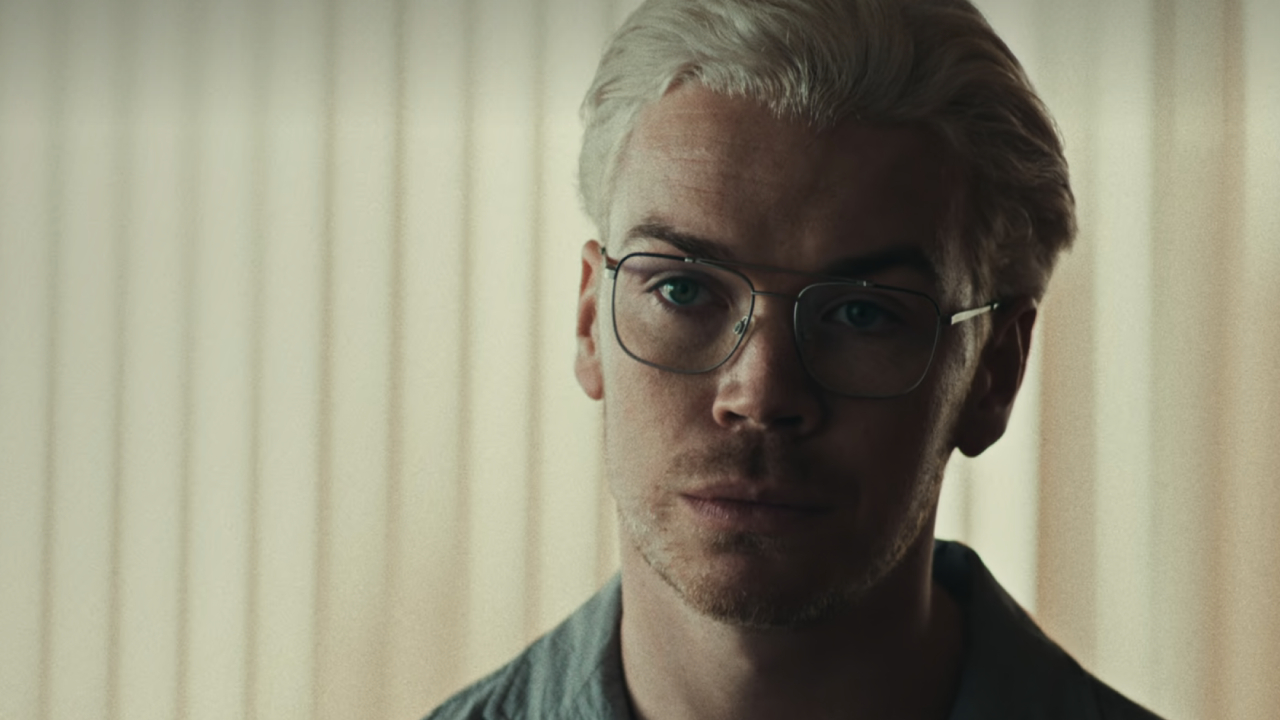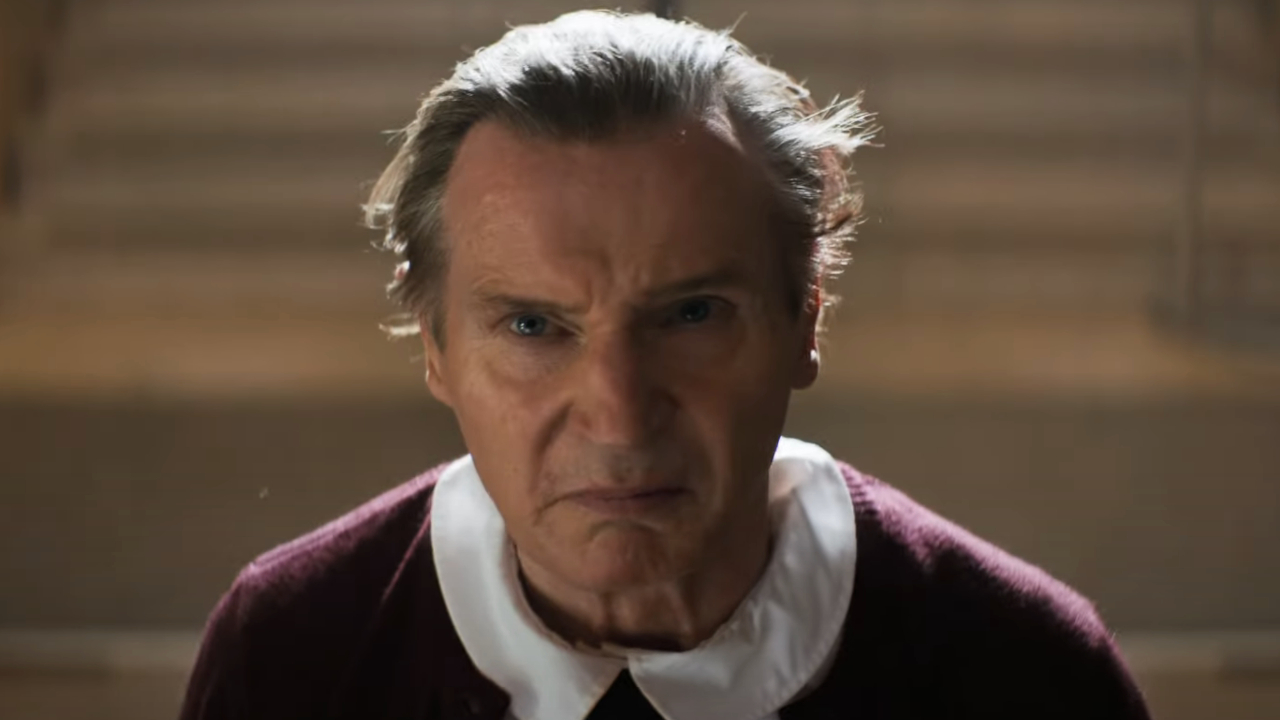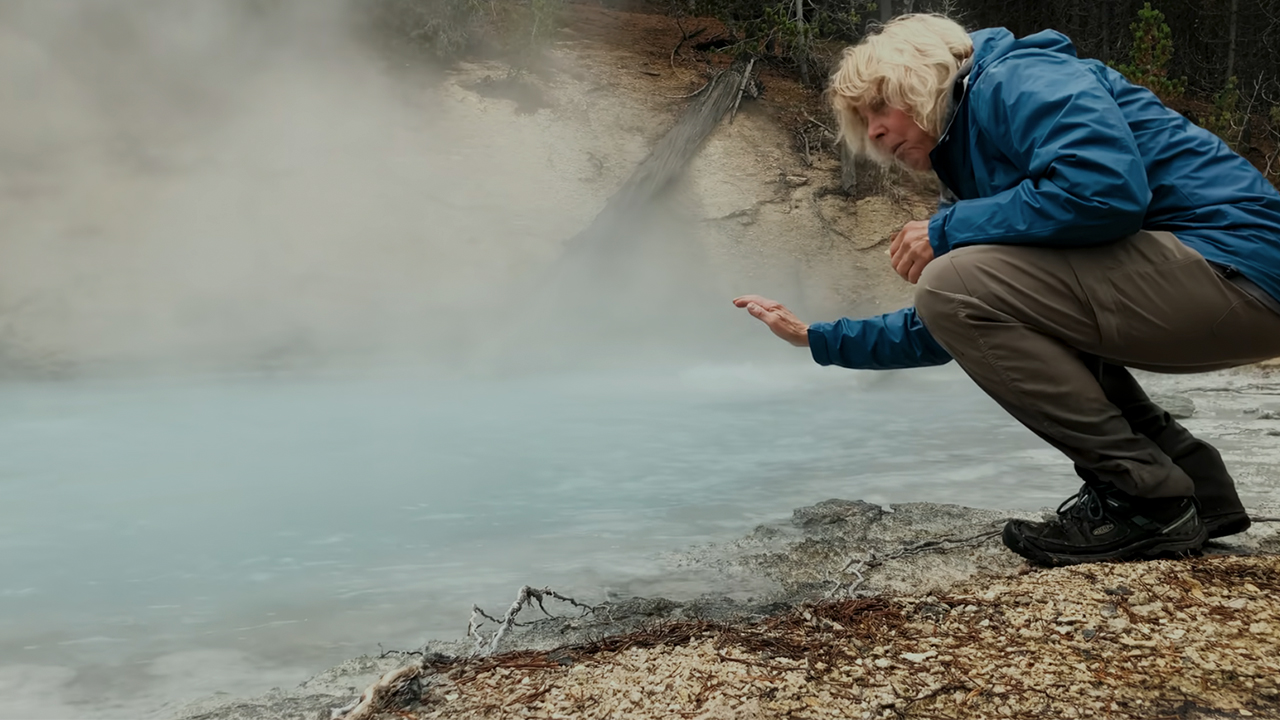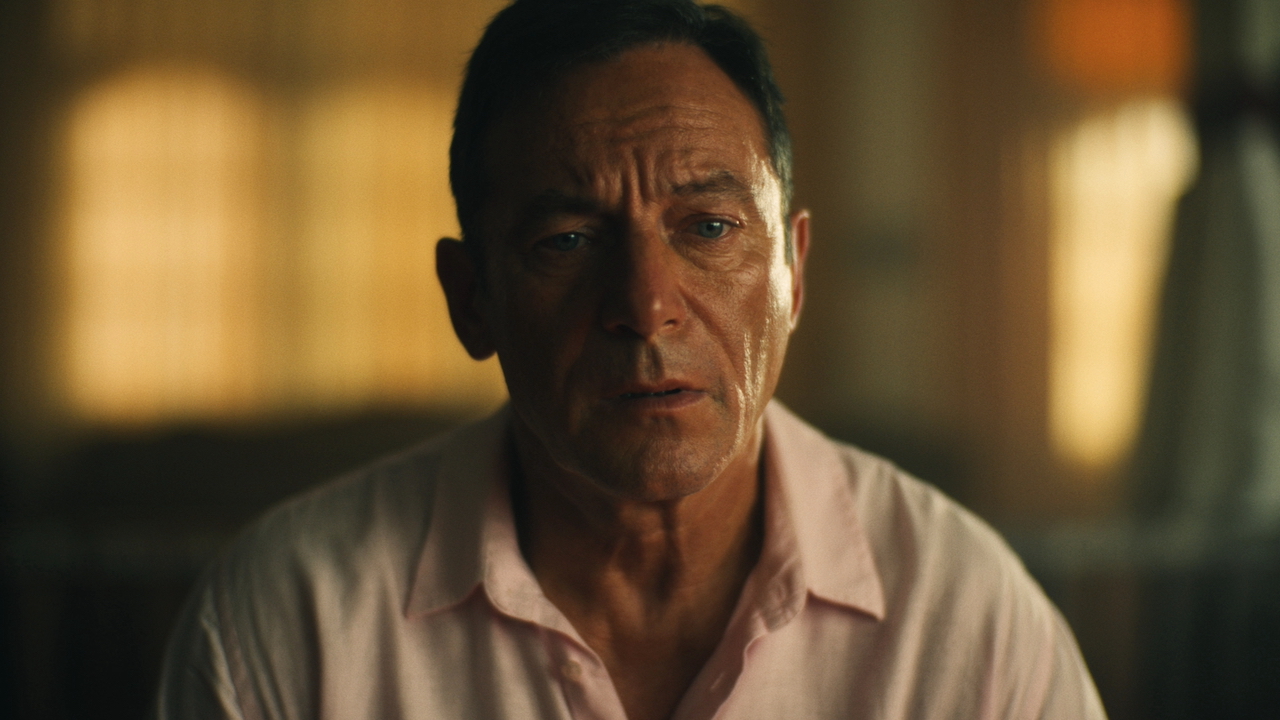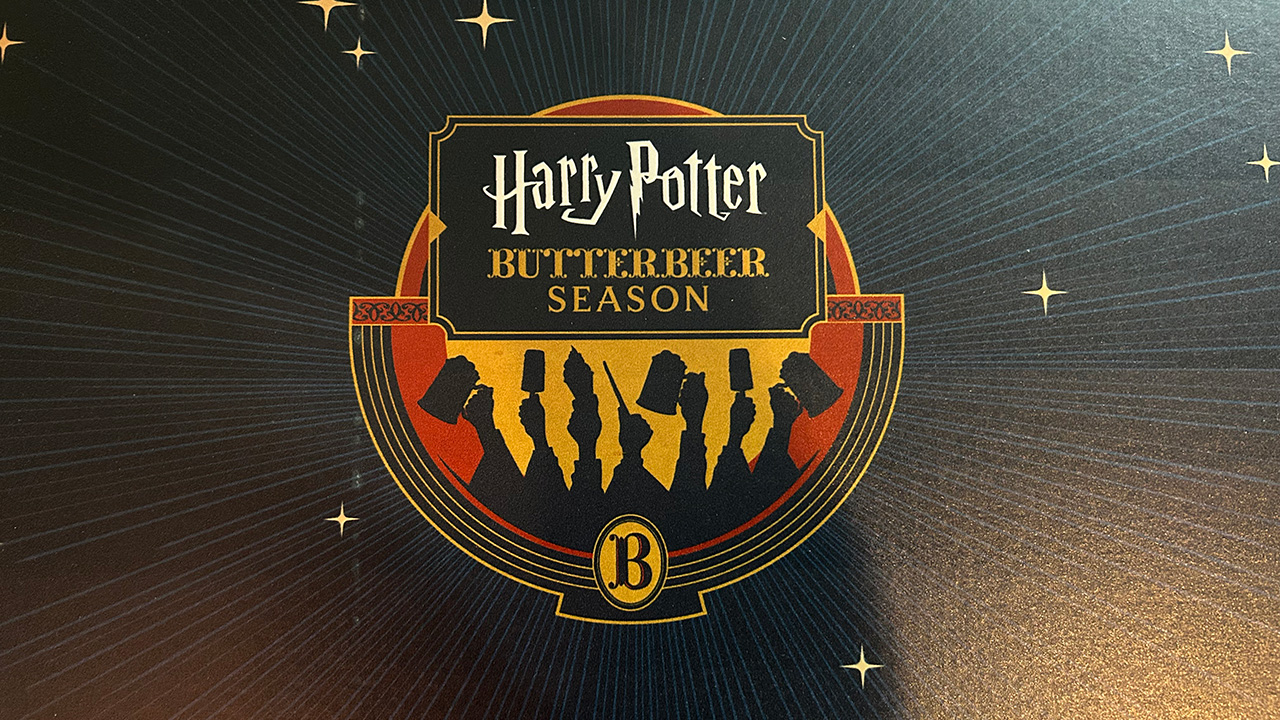The Witcher: Blood Origin Ending Explained: What Happened And How It Furthers The Witcher Lore
Here's what you need to know about The Witcher: Blood Origin ending and how it might impact The Witcher.
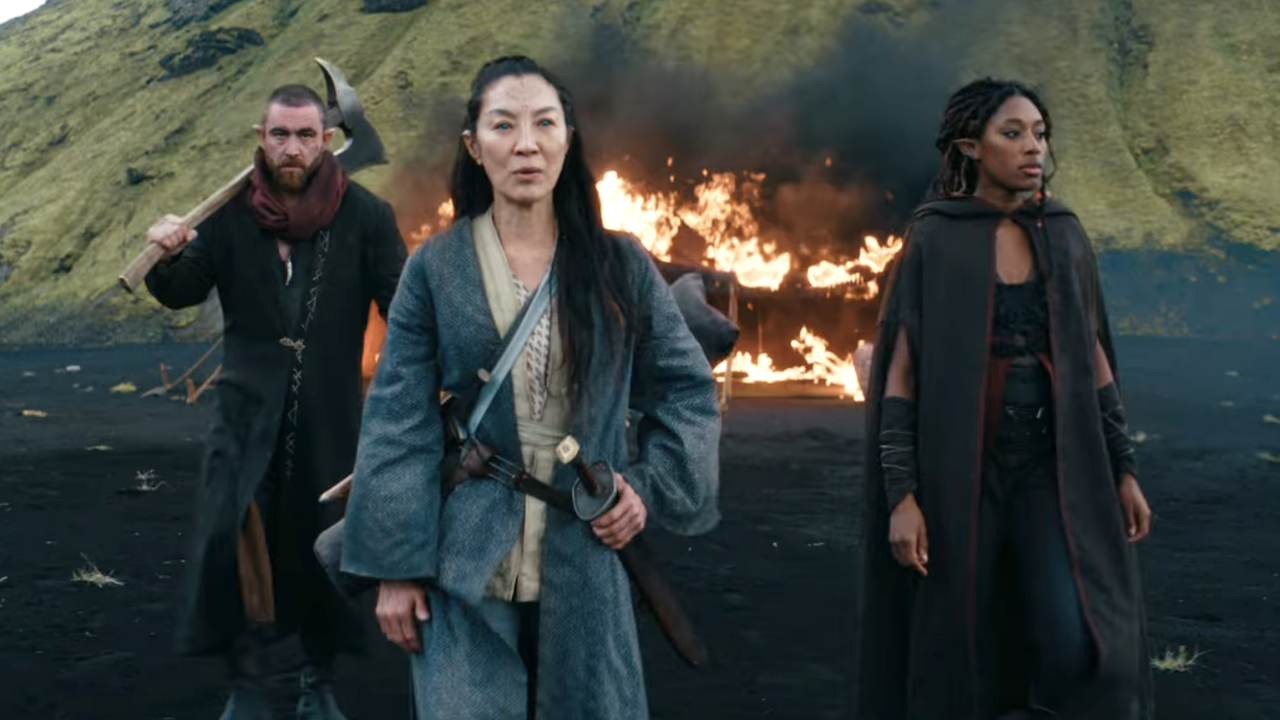
Everyone with a Netflix subscription knows that the streaming giant is betting big on The Witcher franchise and has been since the first season debuted in December 2019 and quickly became the service’s biggest hit (for a time). Until recently, though, we’d only seen one animated spinoff, but now, after it was announced over two years ago, The Witcher: Blood Origin (the first live-action spinoff) has finally premiered.
We were promised that the prequel, which is set 1200 years before the events of the parent series, would be a “fun twist” on the story and show fans an unexplored bit of the Continent’s history, and these four episodes have done exactly that. So, let’s get into what happened in The Witcher: Blood Origin ending and how it furthers the lore for Geralt, Ciri, Yen, and their friends and enemies.
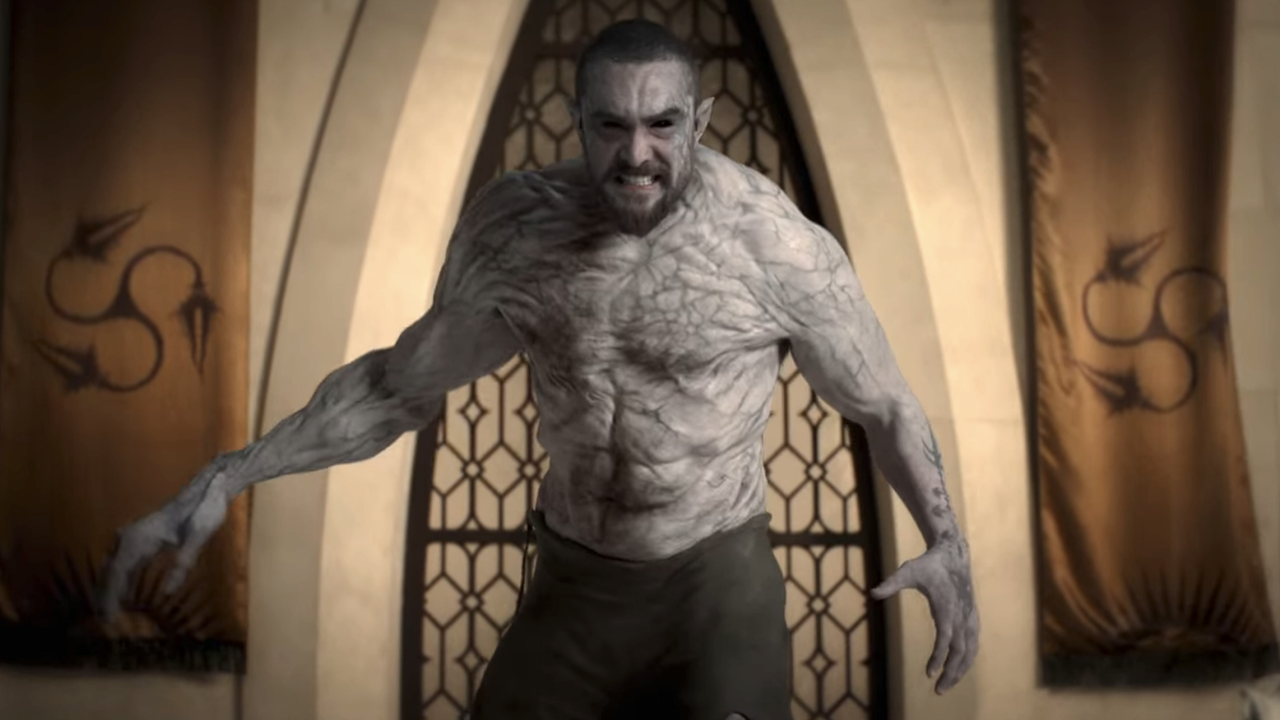
What Happened At The End Of The Witcher: Blood Origin
Alright, so after our group of five warriors and two mages (Éile, Fjall, Scían, Meldorf, Callan, Syndril and Zacaré) assembled they had to figure out how to take down both Empress Merwyn and the beast from another dimension who killed Éile and Fjall’s clans and now protects Xin’trea. Syndril and Zacaré come up with a plan to magically merge one of the warriors with the essence of the beast they killed after they all accidentally traveled to another dimension.
Éile agrees to it, but after she and Fjall share some adult time the night before, he takes that bullet and is turned into a rage-filled, yellow-eyed proto Witcher. Meanwhile, Scían rode off to the Empress and pretended to give up Éile and Fjall, in exchange for being able to use some of the royal guard.
Scían leads the soldiers to where her friends are, turns on them with a group of sellswords she acquired, and everyone is able to disguise themselves in armor, while Scían leads a supposedly captured Fjall, who’s barely holding on to his humanity, into the palace.
Fjall comes face to face with Merwyn, and gets so angry that he loses his cool, with the flying beast then coming to attack and the fight taking them out of a window onto a large balcony. As they battle, Éile finds Merwyn and stabs her, with Syndril and Zacaré fighting their own battle against the power hungry Chief Druid, Balor, at the royal monolith.
They realize that if Zacaré can connect the powers of Balor and Syndril to the monolith that they can shatter it, and get to work on that as Fjall finally gets so fed up with the monster that he turns into a gray, veiny, black-eyed Witcher version of the Hulk, and finally manages to kill it. The triumph is brief, though, as he then murders the lead sellsword for no reason, leading Éile to sing him back to a more human form that allows her to get close enough to stab him. Fjall dies in her arms.
CINEMABLEND NEWSLETTER
Your Daily Blend of Entertainment News
Syndril and Zacaré’s plan works, but does not have the positive consequences they imagined, as the monolith shatters (killing Syndril and Balor), causing the Conjunction of the Spheres. For a few seconds, everyone looks to the sky as several worlds are revealed and seen merging, right before everyone is knocked unconscious, only to wake to a new world now filled with humans and monsters. We see shots of the survivors left, and Éile is pregnant (likely) with Fjall’s child, who receives a prophecy from Ithlinne that’s not totally dissimilar from the one Ciri recited in The Witcher.
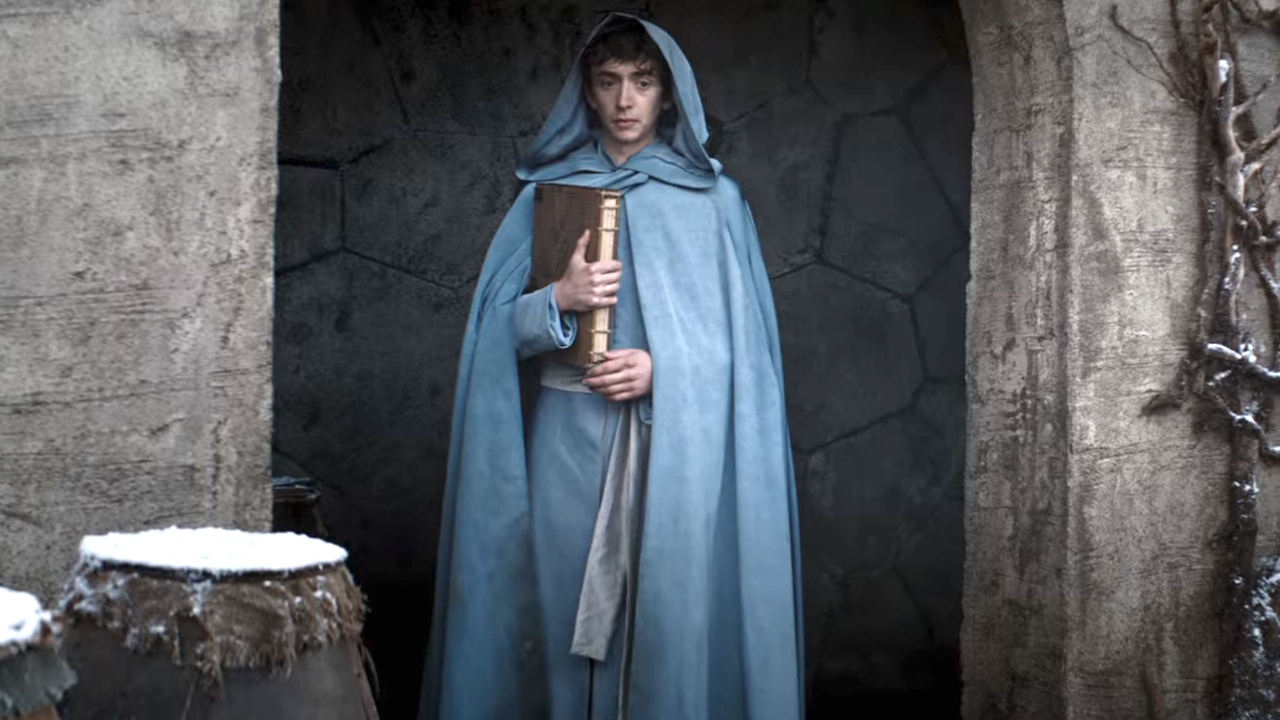
That Mid-Credits Scene
Speaking of Ciri, the mid-credits scene was a bit of a shocker. In it, we’re taken back to a moment from The Witcher Season 1, where Ciri is dressed as a boy and playing with other children outside the palace walls. She feels someone watching, looks over, and we're shown the young mage who Merwyn had chosen to protect her all those years ago, Avallac’h, watching in his blue cloak.
When talking to Digital Spy, co-showrunner Lauren Schmidt Hissrich opened up about their reuse of that scene, and said:
We talked about that end-piece a lot, because we learn, of course, that Avallac’h has been tracking Ciri through her whole life, through these worlds, through the spheres. We learn that later in The Witcher [books and games]. We thought it would be a really nice nod to fans if we took this moment that everyone knows from Season 1…and we put Avallac’h there instead…It’s like: if you know, you know… And if you don’t, it’s just a great, little mystery.
Avallac’h did mention to Merwyn that he thought Syndril’s calculations could lead to both physical and time travel via the monoliths, and he’s figured out how to do it, meaning that we could now see him lurking around on future episodes of The Witcher.
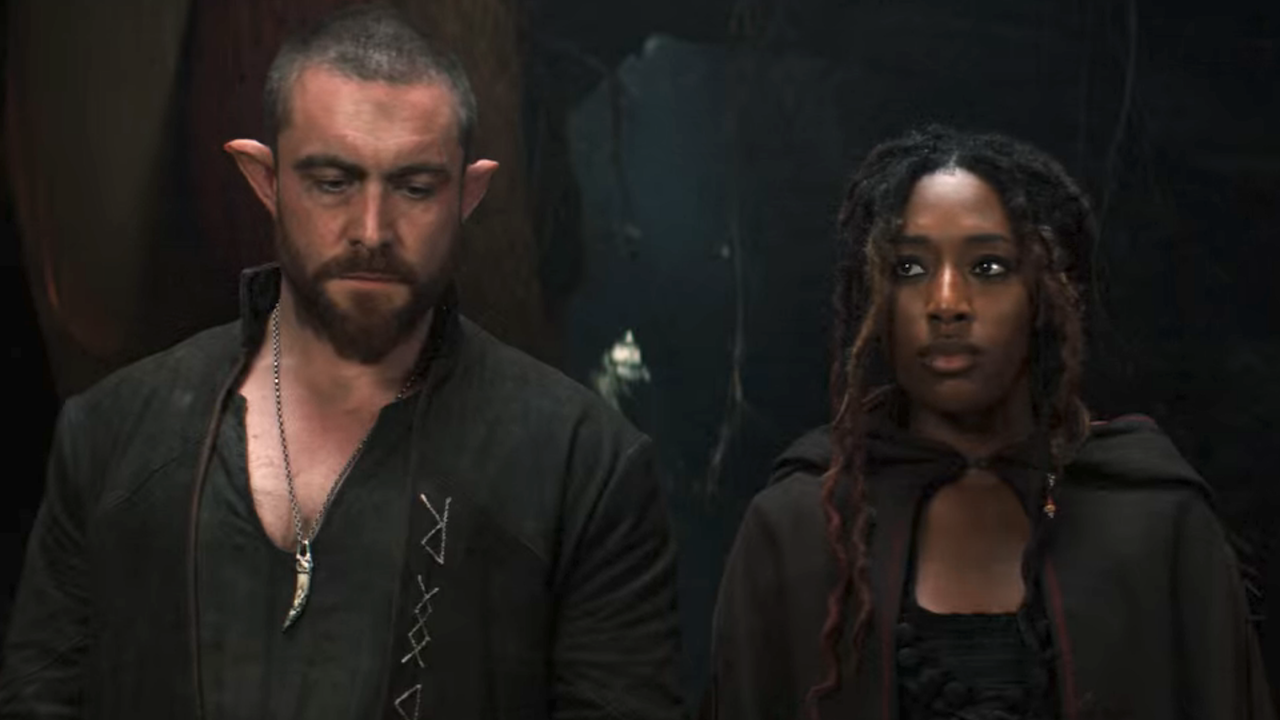
Éile And Fjall Appear To Now Be Ciri’s Oldest Known Ancestors
Previously, we’d only heard about Ciri’s oldest relatives being the Aen Elle elves Auberon and Shiadhal, and their daughter, Lara Dorren. But, with Éile being pregnant, it appears we know now that Ciri’s elven blood goes back much further. As Schmidt Hissrich told Naekranie.pl in an interview:
Éile’s pregnant at the end and we know that’s part of Ithlinne’s prophecy, that there is a seed in her that will eventually lead to someone important in The Witcher world. As someone who follows Ciri and the origin of her genes...I kinda wanna know where that character’s gonna go. I wanna know if those things are gonna crash into each other at some point.
This isn’t complete proof that the child Éile has will lead to Ciri over a thousand years later, but seeing as how her unborn baby, again, got a pretty serious prophecy from Ithlinne, it’s a good bet.
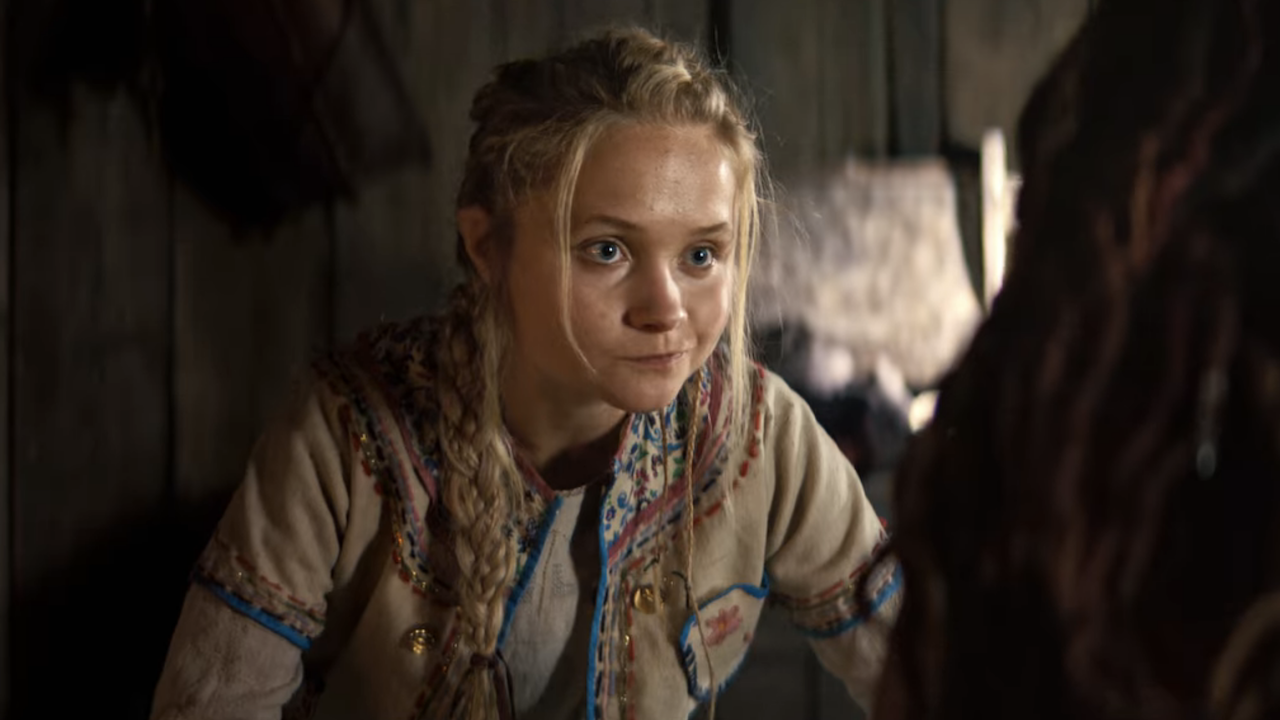
Ithlinne Was Used To Give “Credence” To Ciri’s Coming Story
The ancient oracle Ithlinne and her prophecy have been a running theme on The Witcher since the first season, and we see a young version of the character in Blood Origin for a very good reason. As Schmidt Hissrich told ScreenRant:
Ithlinne’s prophecy is all over the Witcher series, but it’s often talked about as this kind of folkloric thing. Even though we are told that we should believe it, if the people in the universe themselves don’t believe it, why should I, the viewer, believe it and how is it going to impact Ciri? We meet Ithlinne as a young woman, and we watch her prophecize, and then we watch that come true with our own eyes. To me, that will lend so much credence to what we are going to watch Ciri go through in the main series.
By the time of The Witcher, much of what happened around the Conjunction is more of a legend than actual fact, so showing Ithlinne make a different prophecy that we then watch come true only helps to show how correct she was about the prophecy we’ve been hearing all along, as well as what she said about Éile’s baby and descendants.
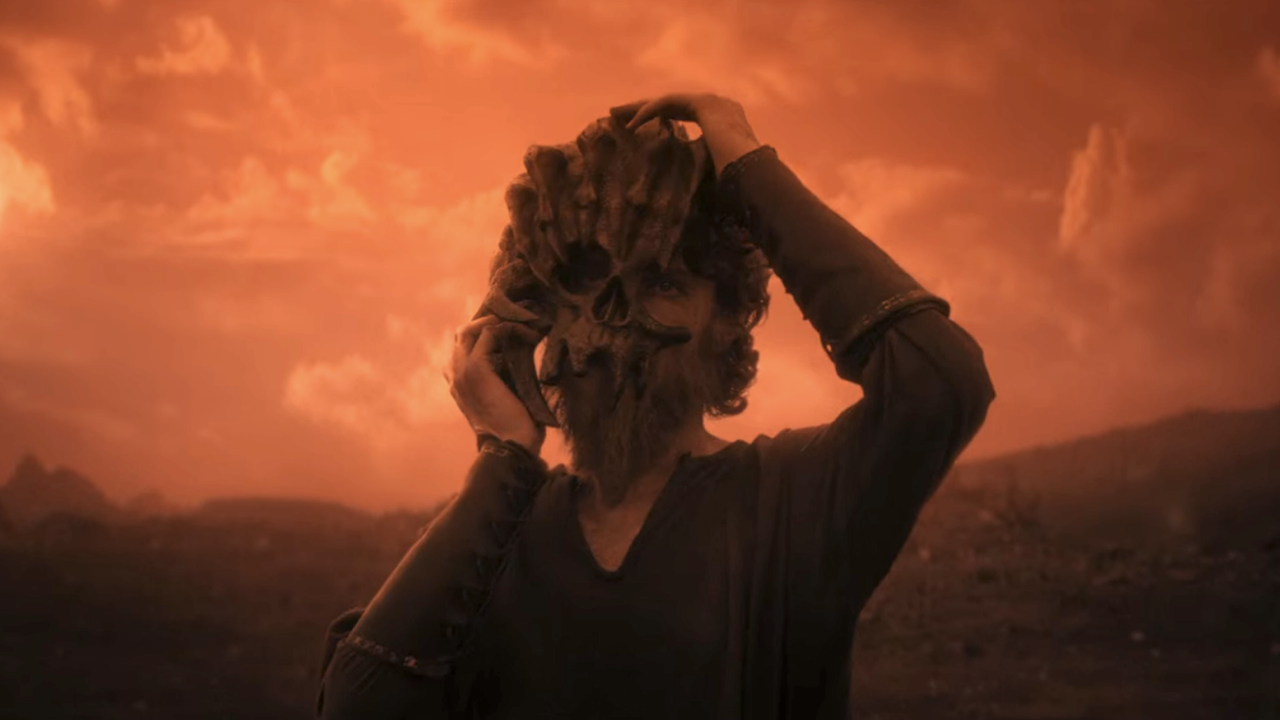
The Witcher’s Version Of The Wild Hunt Is Less Mysterious Now
If you haven’t read the books on which the main series is based, you were probably terrified during The Witcher Season 2 ending when we got a good look at The Wild Hunt, who are definitely trying to capture Ciri so they can use her power for their own ends. Well, because of Blood Origin, we now know exactly who those folks are. When Balor went to the other dimension to make his final bid for ultimate power in the form of chaos magic, he got rid of Merwyn’s High Commander, Eredin, and the soldiers he brought along by opening yet another portal and forcing them through it.
That portal leads to the same dark orange world where Ciri, Geralt, and Yen saw The Wild Hunt, and when we see Eredin there later, it becomes clear that he will turn his men into that group. This changes things a lot from how they came about in the books and video games, but leaves the powerful elf as the leader of The Wild Hunt.
WOW. Alright, now all we have to do is wait until sometime in the summer of 2023 to see just how all of these new pieces fit into everything that’s to come on The Witcher Season 3, and beyond!
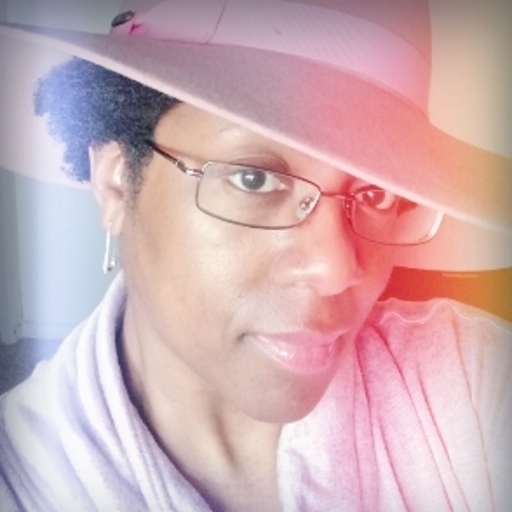
Covering The Witcher, Outlander, Virgin River, Sweet Magnolias and a slew of other streaming shows, Adrienne Jones is a Senior Content Producer at CinemaBlend, and started in the fall of 2015. In addition to writing and editing stories on a variety of different topics, she also spends her work days trying to find new ways to write about the many romantic entanglements that fictional characters find themselves in on TV shows. She graduated from Mizzou with a degree in Photojournalism.
